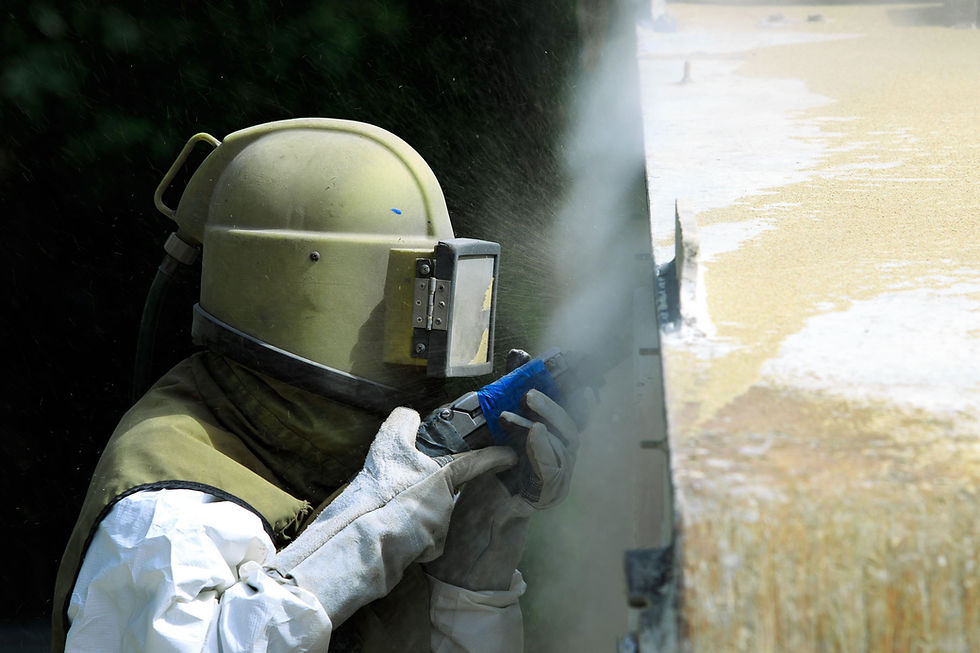
Mild steel tanks are sandblasted when a clean and uniform surface is desired for painting, c
oating, or other surface treatments. Sandblasting is a process that uses compressed air to propel abrasive particles, such as sand or garnet, against a surface to remove rust, paint, scale, and other contaminants.
The sandblasting process is typically performed before painting or coating the tank to ensure good adhesion and a uniform surface. Sandblasting can also be used to prepare the surface for other treatments, such as welding or plating.
The sandblasting process typically involves the following steps:
Cleaning - Clean the surface of the tank to remove any loose debris or contaminants.
Covering - Cover any areas that should not be sandblasted, such as openings or nozzles.
Abrasive material selection - Choose the appropriate abrasive material based on the type of surface and the desired level of cleanliness.
Sandblasting equipment - Set up the sandblasting equipment, including the abrasive material, air compressor, and sandblasting gun.
Sandblasting - Begin sandblasting the surface of the tank, moving the gun in a consistent pattern to ensure a uniform surface.
Inspection - Inspect the surface of the tank after sandblasting to ensure that all contaminants have been removed and the surface is clean and uniform.
Clean-up - Clean up the sandblasting equipment and the surrounding area.
Sandblasting should be performed by trained personnel and with appropriate safety measures in place, as sandblasting can generate dust and debris that can be hazardous to inhale.
留言